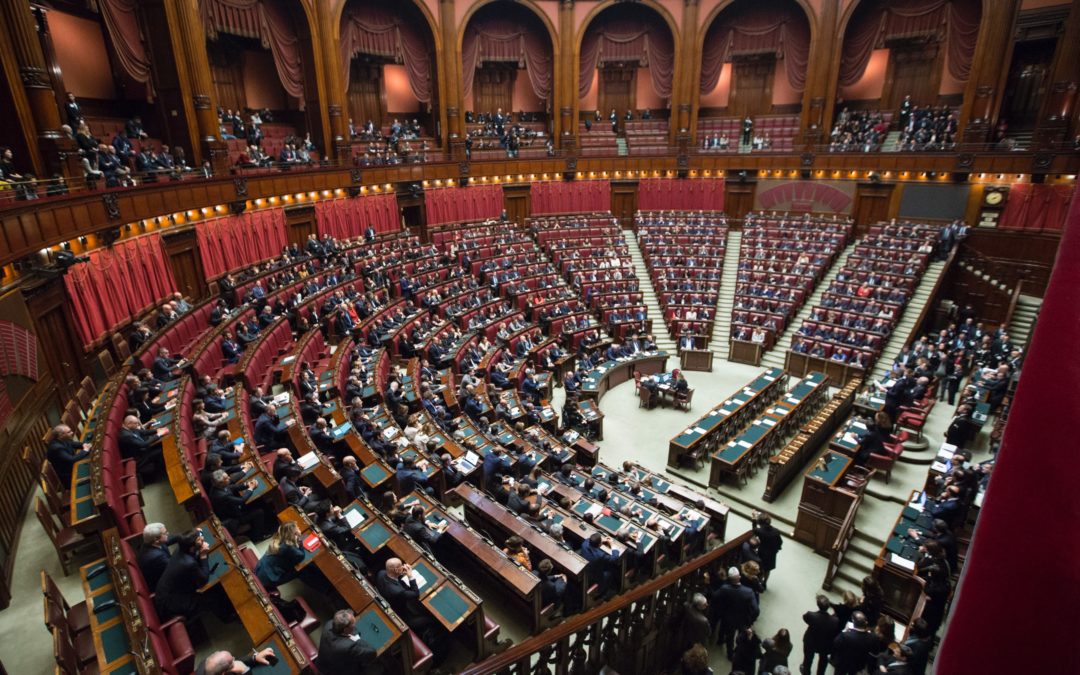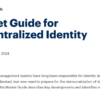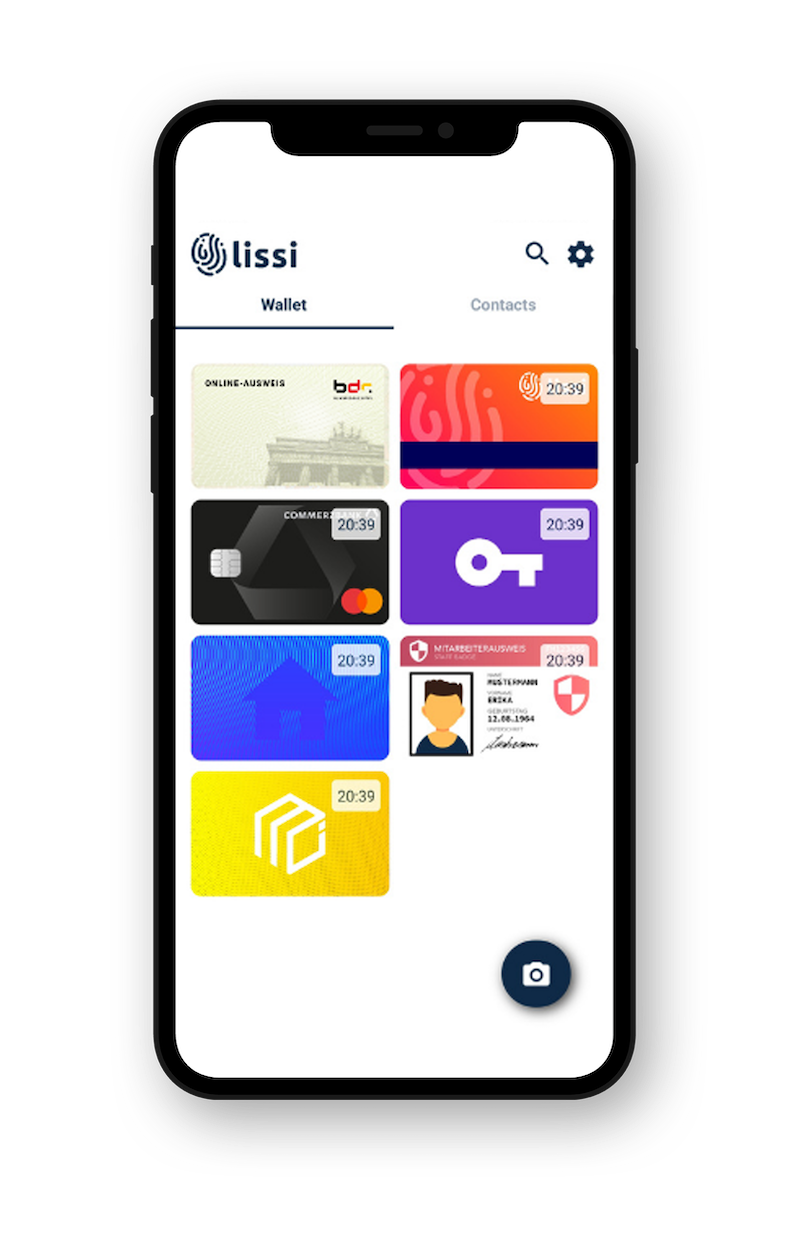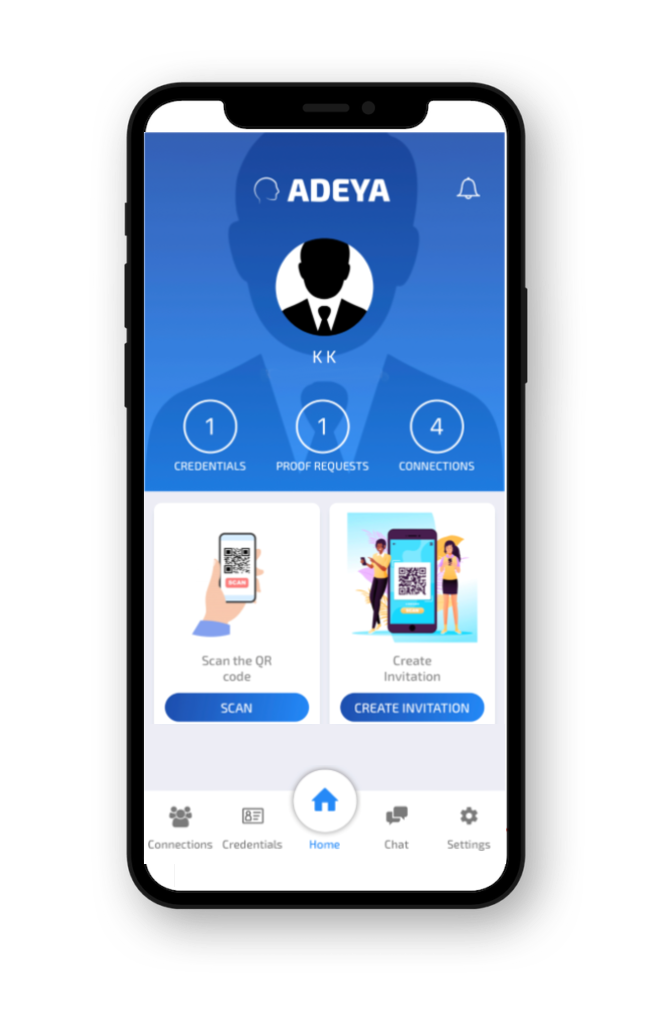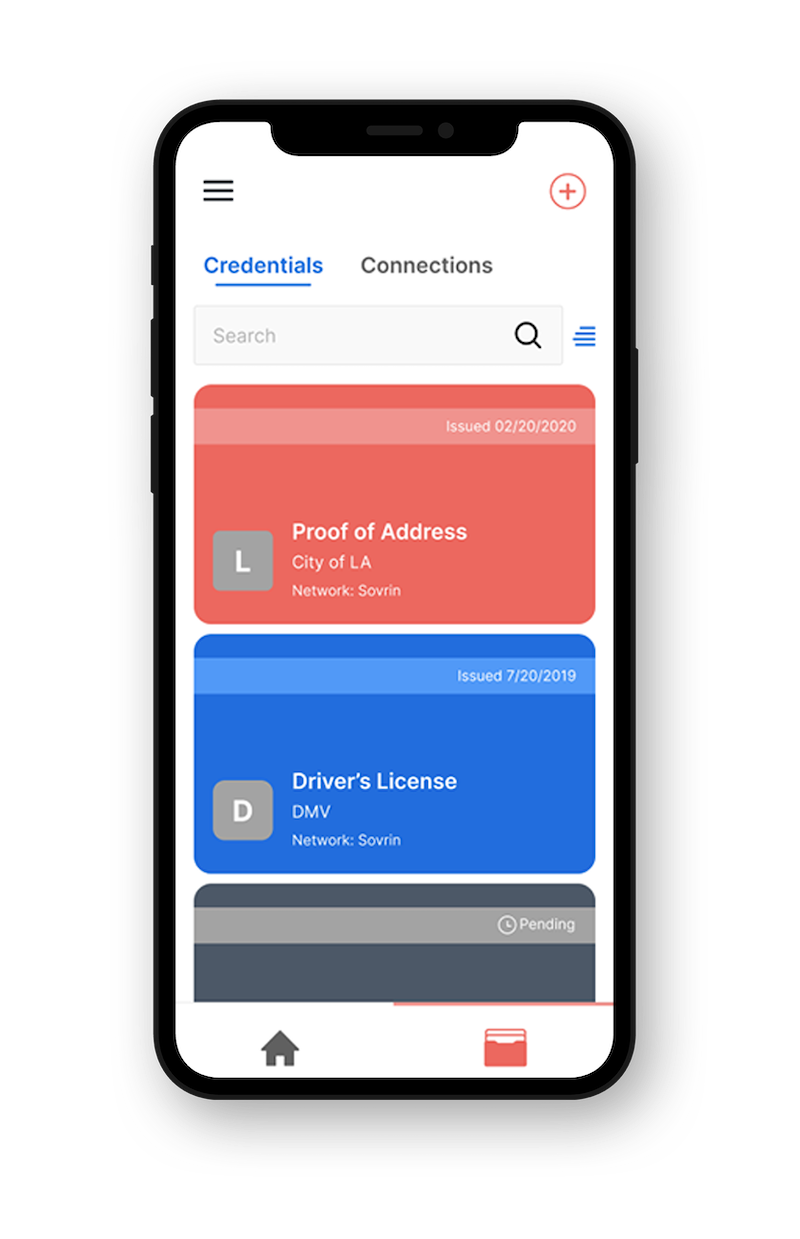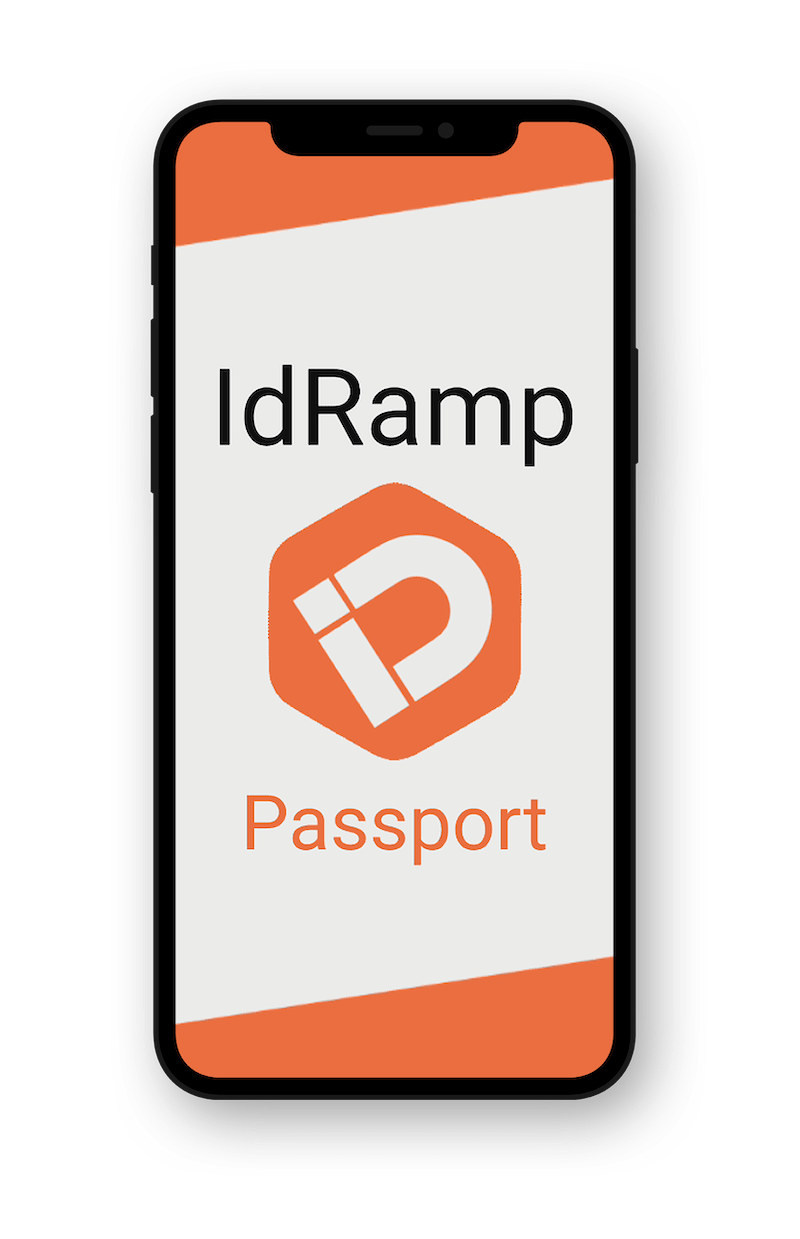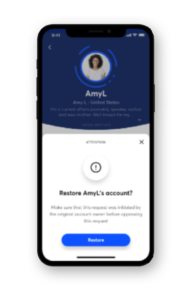The primary function of a government is to provide services that an individual could not easily provide for themselves; these services typically include infrastructure, safety (firefighters / military / police force), and the focal point of this article, identity.
By Tim Spring
Trust is important. I don’t think that will come as a shock to anyone. What might be surprising is how many opportunities there are in a day, or even a single interaction, to break that trust.
Picture yourself purchasing an age-restricted item at a shop, a multiple-step process that, typically, involves you handing over your ID to prove you are of legal age to purchase the item. The vendor has to trust that you are the legitimate owner of the ID and that the ID itself is not fraudulent. You, as the consumer, have to trust that the vendor is properly licensed and able to sell you the item and that what is inside is the item on the label and safe to consume.
This interaction is one that many of us take for granted, particularly in higher income countries where regulations are in place governing these types of transactions. But this is by no means easy or inexpensive for governments to accomplish. As recently as 2017, the World Health Organization reported that as many as one-in-10 medical products in developing countries is substandard or falsified.
The problems Governments are turning to Decentralized Identity to solve
As many aspects of our lives have become more digital, services have moved online, which has created many opportunities to fake identity. According to identitytheft.org, identity fraud has increased over the past two years by 70%.
The problem is that the internet evolved without a verification layer for people, and the way we manage identity verification online makes it easy for information to be faked or “phished.” The need to verify who you are online and who you are interacting with is driving governments to look at verifiable credential and digital wallet technology. These verifiable credentials would replace paper documents that people are already using, such as a government-issued driver’s license or passport, with a couple key factors that make them more appealing than their paper counterparts.
Verifiable credentials are privacy preserving by design and cryptographically secure. Privacy- preserving means that with a verifiable credential driver’s license you would be able to choose to share only a portion of the data stored on the credential — such as sharing just your age or name without sharing your driver’s license number, address, or any other personal details you would rather keep to yourself. Being cryptographically secure refers to verifiable credentials being nearly impossible to fake, with the verifiers being able to automatically check every document.
Let’s return to our example of purchasing an age-restricted item. With a customer presenting a verifiable credential to prove their age, the store owner would have the assurance that the credential has been issued by a recognized authority, hasn’t been tampered with, and belongs only to the bearer. All of these are instantly verifiable — and in ways that protect the customer’s privacy. Similarly, the item being purchased can be verified with a credential showing its proof of origin and its journey across a supply chain.
Driving Factors
Change on this scale takes a great deal of coordination, time, and money; so, it is important to be clear about the benefits from switching to decentralized identity solutions.
According to the Library of Congress, as of 2018 “counterfeiting is the largest criminal enterprise in the world, with domestic and international sales of counterfeit and pirated goods totaling between an estimated $1.7 trillion and $4.5 trillion a year — a higher amount than either drugs or human trafficking.” By implementing verifiable credentials, governments can reduce the presence of counterfeit goods in the marketplace. This will do two things: One, keep the public safer as counterfeit goods can lead to sickness or death; and two, improve tax collection, as with fewer illicit products being an option governments can start to claw back some of that $1.7 to $4.5 trillion as customers return to the legitimate market place to spend their money.
Verifiable credentials are scalable. Unlike your passport or driver’s license, which is renewed at fixed intervals, a verifiable credential can be updated whenever more data or an additional service needs to be added. An example of this is the Aruba Travel Credential, which was implemented to give travelers an easy way to prove their health status to the government so they could travel to the island in the height of the pandemic. The credential could be quickly updated to account for changes in testing.
Identity blockchains are sustainable. As Indicio has noted, blockchains for identity are different to those for cryptocurrencies. Identity blockchains use signatures rather than mathematical computations to generate proof, and as a consequence use only a fraction of the energy that is associated with cryptocurrencies. To put it in perspective, one write to the ledger can be the basis for millions of identity credentials and it requires no more energy than browsing a web page.
Governments are already leading the way on verifiable credentials. British Columbia is working on providing digital identities for its citizens through the BC Digital Trust initiative and, as previously mentioned, Aruba has been hard at work implementing new ways to make it easier for travelers to visit their island, including passing legislation to require more adoption and acceptance among businesses and spearheading efforts to adapt the credentials for more uses in traveling — getting through security at the airport, checking into your hotel, proving your health status to local businesses, etc.
If you’d like to learn more about how some governments are currently putting this technology to use we encourage you to attend the upcoming Indicio Meetup on December 13.

